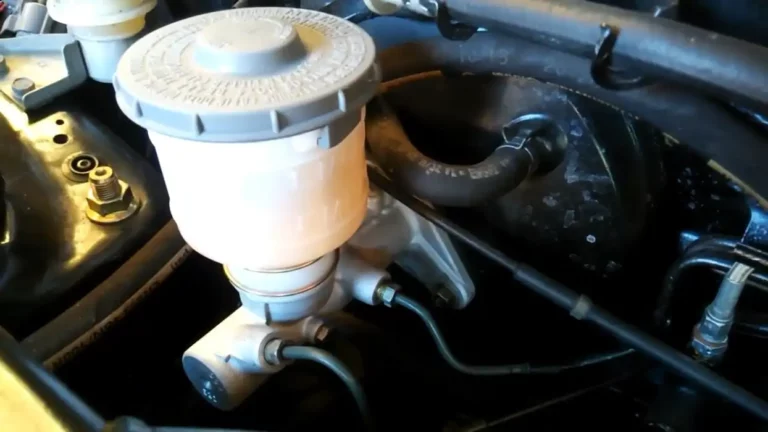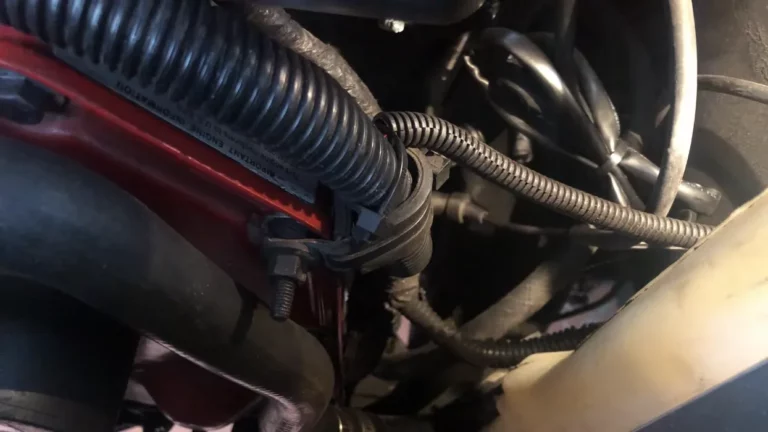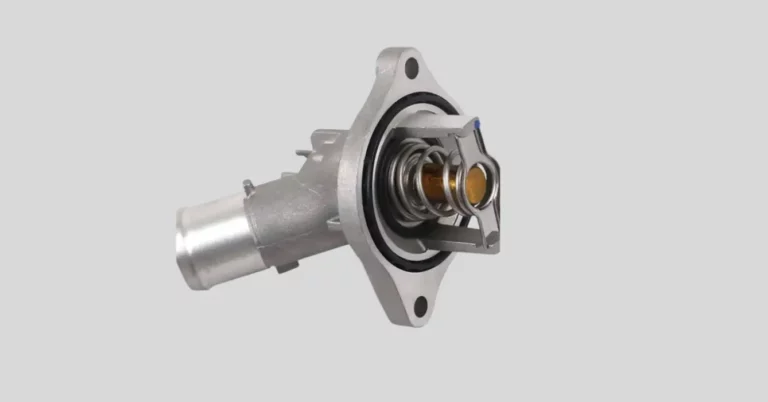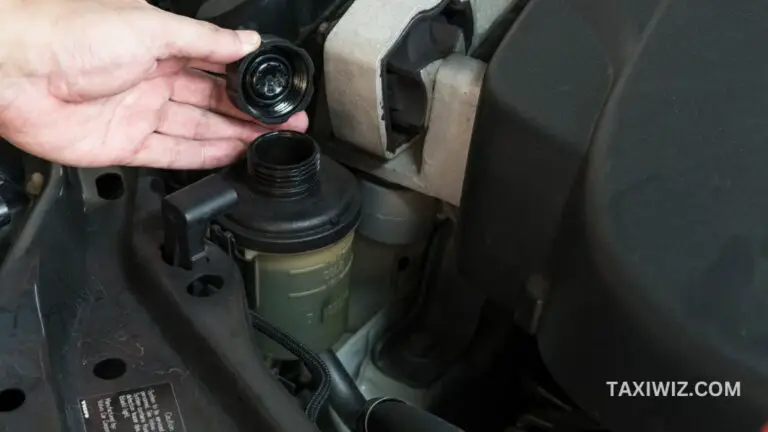Overflow But Not Overheating | Reasons & Solutions
Have you recently noticed that coolant is leaking from your car, but not detecting any vehicle overheating?
Coolant coming out overflow but not overheating is a problem that requires immediate attention.
Even though the car may not be overheating at the moment, this will soon change. And as you may already know, if your vehicle overheats, expensive components of your engine will be damaged, with the severity of the damage varying.
So how should you approach this problem?
The answer to that question, and others, is below.
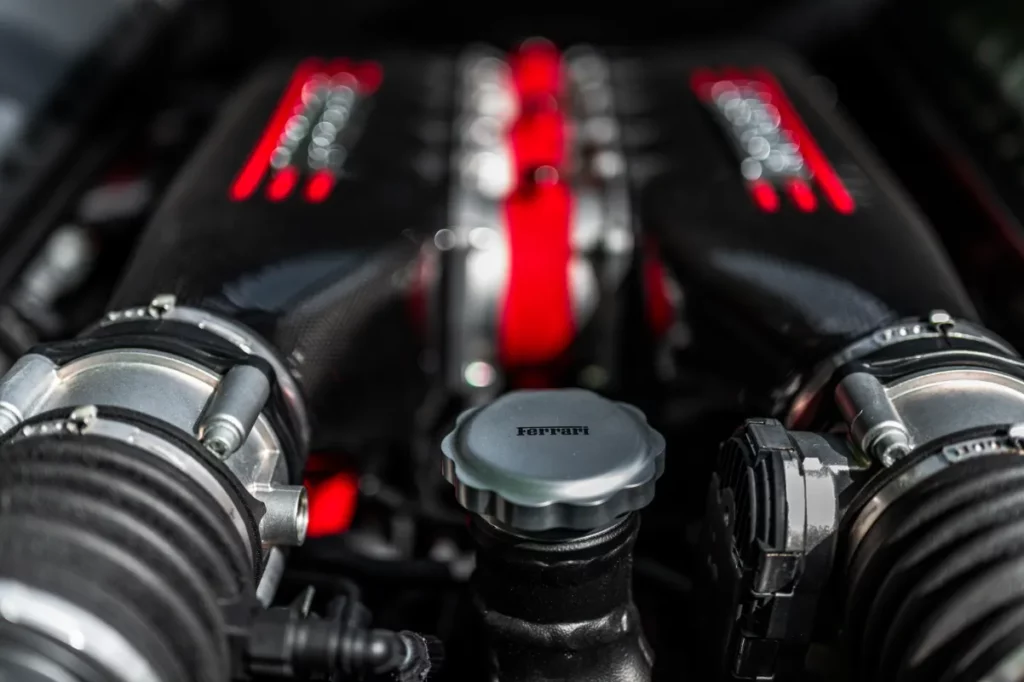
How Does a Car’s Cooling System Work?
In order to understand the problem, it’s important to first grasp how your car’s cooling system functions. That way you’ll know how to approach your mechanic.
The cooling system of your car is made up of several components: a thermostat, a rubber coolant reservoir, hoses, a radiator, and a fan.
The coolant is stored in the reservoir, from where it flows out, traveling through a network of pipes and then passing through the radiator.
Your radiator is just as important as your liquid cooling system in ensuring your vehicle doesn’t overheat. From the radiator, the coolant travels and circulates throughout the engine block. While doing this it absorbs surplus heat, then returns to the radiator.
Inside the radiator, thin metallic fins assist in lowering the temperature of the coolant by dispersing its heat into the surrounding atmosphere.
The process is helped along by the cool air that enters the radiator through the grill. Also note that when your car is in idling mode, the fan activates to blow away the hot air from the radiator.
Once the coolant has successfully been cooled down by the radiator, it is sent back to the engine block to start the process anew.
It is imperative that every component involved in this heat transfer cycle operates optimally to ensure that your engine performs efficiently and safely.
How to Tell Your Coolant Reservoir is Overflowing
Unfortunately, it is common for drivers not to realize that their car’s coolant reservoir might be overflowing, unless their car starts overheating. However, there are other telltale signs that your coolant reservoir needs fixing:
- Your car is consuming higher levels of fuel
- The heater is not functioning as it usually does
- The temperature gauge is showing a higher or lower reading than is considered safe and optimal
- A sweet smell from your car’s hood
- Flashing coolant warning light.
If you’ve noticed any of these signs, you can be sure that it’s time to get your car looked at.
Why Your Coolant Reservoir is Overflowing
Now that you’ve diagnosed the problem of an overflowing coolant reservoir, you may be wondering how this came about. The most common causes of overflowing coolant without car overheating are:
- If your coolant reservoir was overfilled
- A head gasket that isn’t functioning properly
- A defective or loose radiator cap.
Telling internal and external overflow types apart is relatively easier compared to pinpoint the exact source. The more commonly acknowledged type is external overflow, which is often observable through puddles or streaks behind or underneath your car.
Internal coolant overflow happens when the coolant within the engine’s cooling system exceeds its capacity and overflows internally.
This can be caused by issues like a malfunctioning pressure cap, faulty thermostat, blocked coolant passage, or blown head gasket. As you can imagine, unlike external overflow, it’s not so easily detectable.
Now, let’s look at the different causes of coolant overflow in greater detail.
Overfilled Coolant Reservoir
Perhaps because this is an obvious mistake to avoid, it happens quite frequently. And so, always be aware of the two markers on your coolant reservoir tank, in order to prevent overflowing.
These are the one that shows the maximum level a coolant reservoir can be filled, and the one which shows the ideal level for an overheated system.
If the excess coolant has nowhere to go, it is forced to exit the system via the overflow tube, which results in internal issues.
During heating, insufficient space for coolant expansion can result in pressure buildup, causing the radiator cap to blow and release pressurized coolant.
Electrical malfunction can be caused by contact between the overflowing coolant and the engine’s electrical wiring, and result in battery leaks, decreased performance, and failure of important components like headlights.
Not to mention, environmental damage can occur if the toxic coolant comes into contact with animal or plant life.
Malfunctioning Head Gasket
The head gasket of a vehicle has the responsibility of sealing your engine block and cylinder heads.
If you think your coolant might be overflowing, but you don’t notice any wet patches behind or beneath your car, it might be your head gasket that is causing the problems.
In the event of a head gasket failure, a coolant leak is likely to occur, even if it is a minor leak.
There is also the risk of coolant overflowing and mixing with the engine oil, which can then lead to a catastrophic failure and loss of compression, causing the car to stall.
A common sign of a failing head gasket is an overheating radiator that constantly requires refilling with water.
Note that replacing a head gasket involves disassembling and reassembling the engine. This, as you can imagine, requires the attention of an expert. Expect significant labor costs and the purchase of a genuine OEM head gasket.
Defective or Loose Radiator Cap
One of the most common causes of a coolant reservoir overflowing is a radiator cap that is either loose or malfunctioning.
In modern cooling systems, it’s important for parts like the radiator cap to fit well. As the system heats up, the coolant and air expand, creating more pressure.
The radiator cap is responsible for controlling and managing this pressure to keep the hoses and radiator safe.
When the system is hot and pressurized, the cap expands to handle the heat and pressure. After the engine is turned off and cools down, the coolant contracts and the cap’s return valve allows in the air or extra coolant (in vehicles with an expansion tank).
If your car’s radiator cap is incompatible, loose, worn out, weak, or improperly fitted, coolant can escape through the overflow tube, particularly during long or demanding drives.
Furthermore, a malfunctioning radiator cap can lead to pressure loss and hose damage, which increases the chances of coolant reservoir overflow.
In cases where the radiator cap is stuck in place, or corroded, coolant may overflow through the engine freeze plug.
If you want to check the health of your radiator cap, you can conduct a simple pressure test.
Related Post: Can You Use Water Instead of Coolant in the Summer?
Frequently Asked Questions [FAQs]
What could be causing coolant overflow without any signs of overheating?
Apart from a faulty pressure cap, other potential causes include a blocked or restricted coolant passage, a malfunctioning thermostat, or a blown head gasket that allows combustion gasses to enter the cooling system.
Can I drive my car when its coolant reservoir is overflowing?
No. The job of coolant, as the name implies, is to regulate your car’s temperature and prevent it from overheating. Driving your car will cause it to overheat. Furthermore, coolant is a toxic substance; that means it’s hazardous not only to your vehicle but also to your health, as well as the environment.
What happens if my car’s coolant reservoir overflows?
Other than overheating, gradual coolant loss, fluctuating temperature readings, white exhaust smoke, or engine oil contaminated by coolant are common effects of coolant overflowing.


